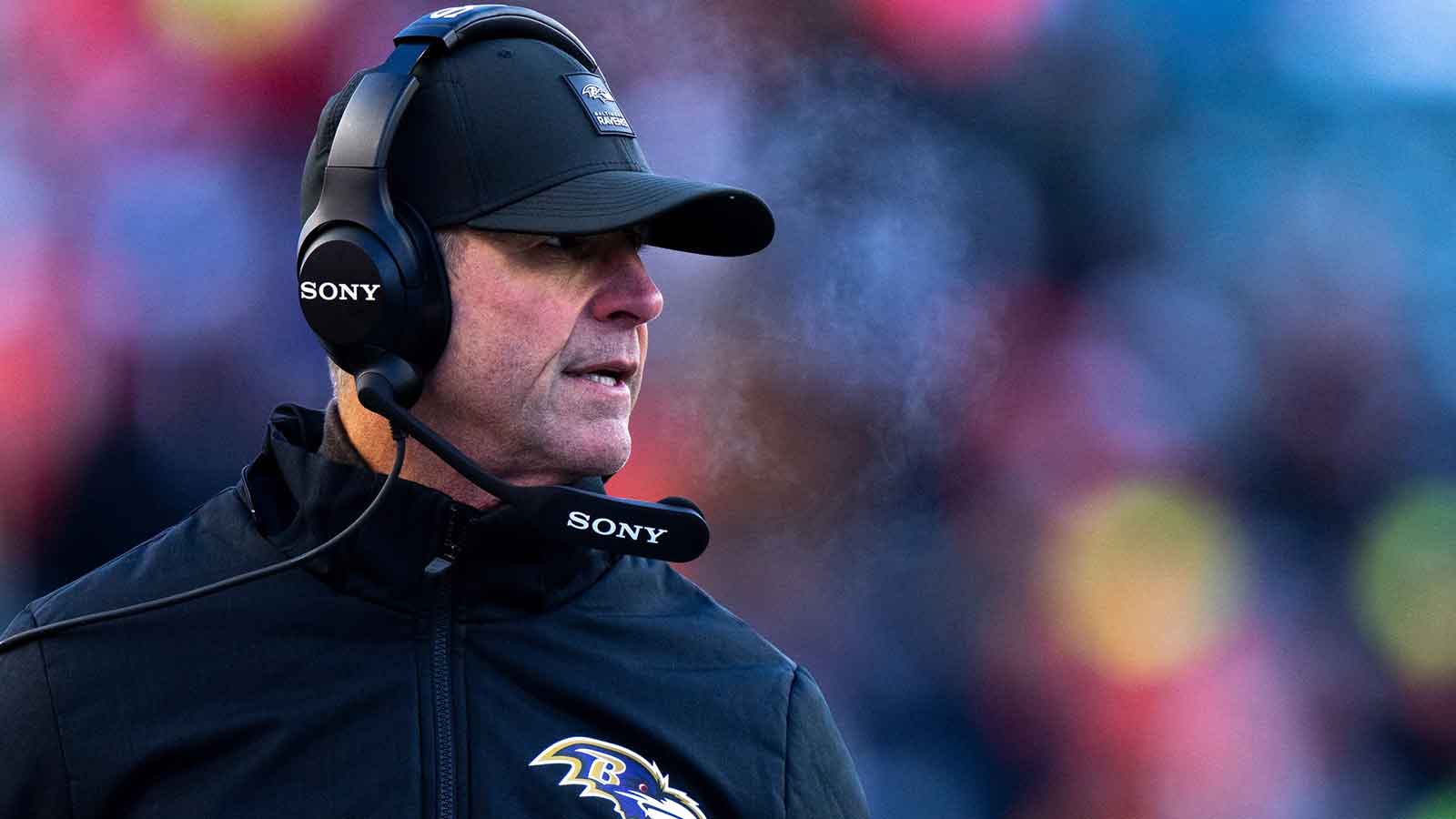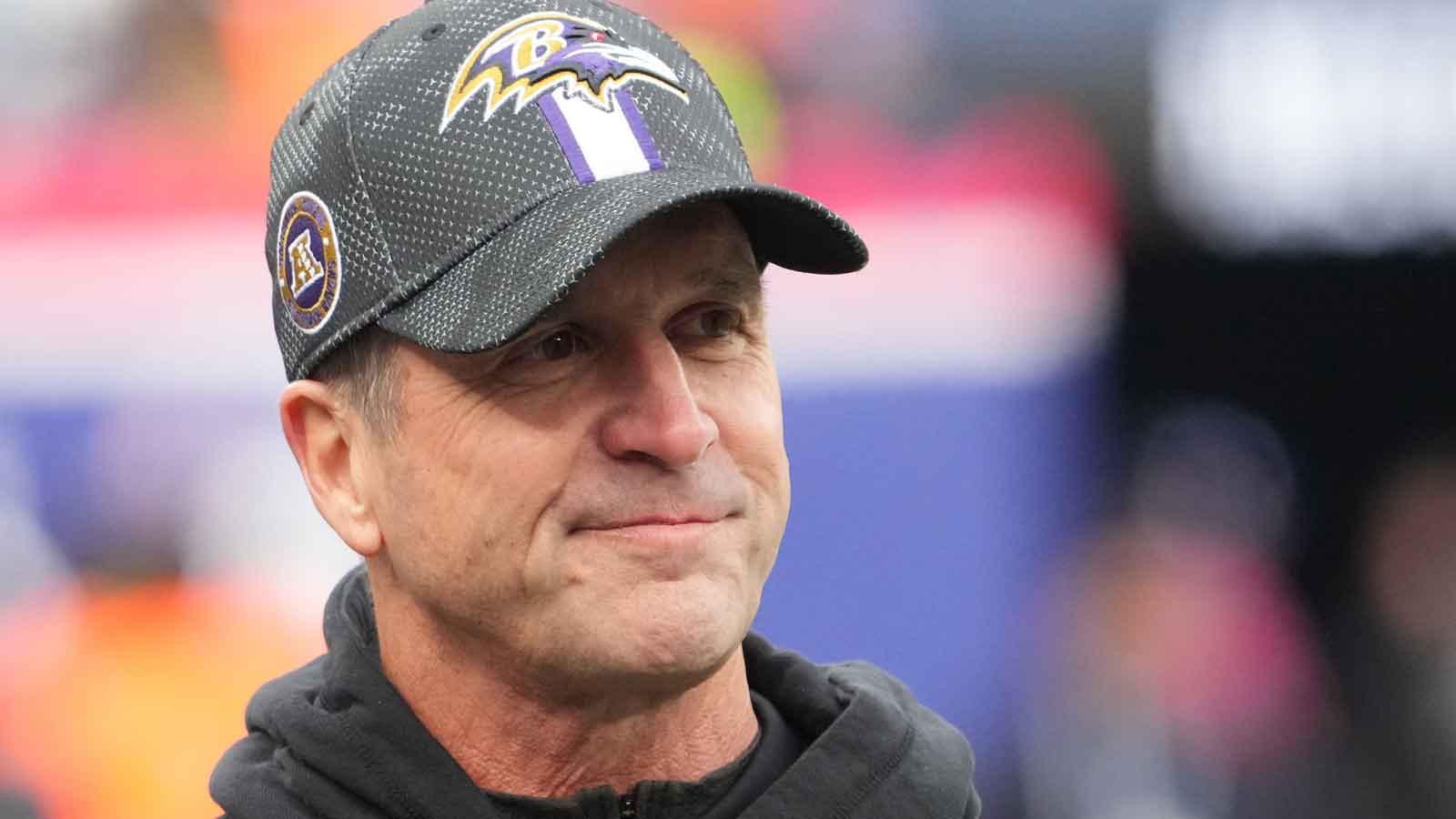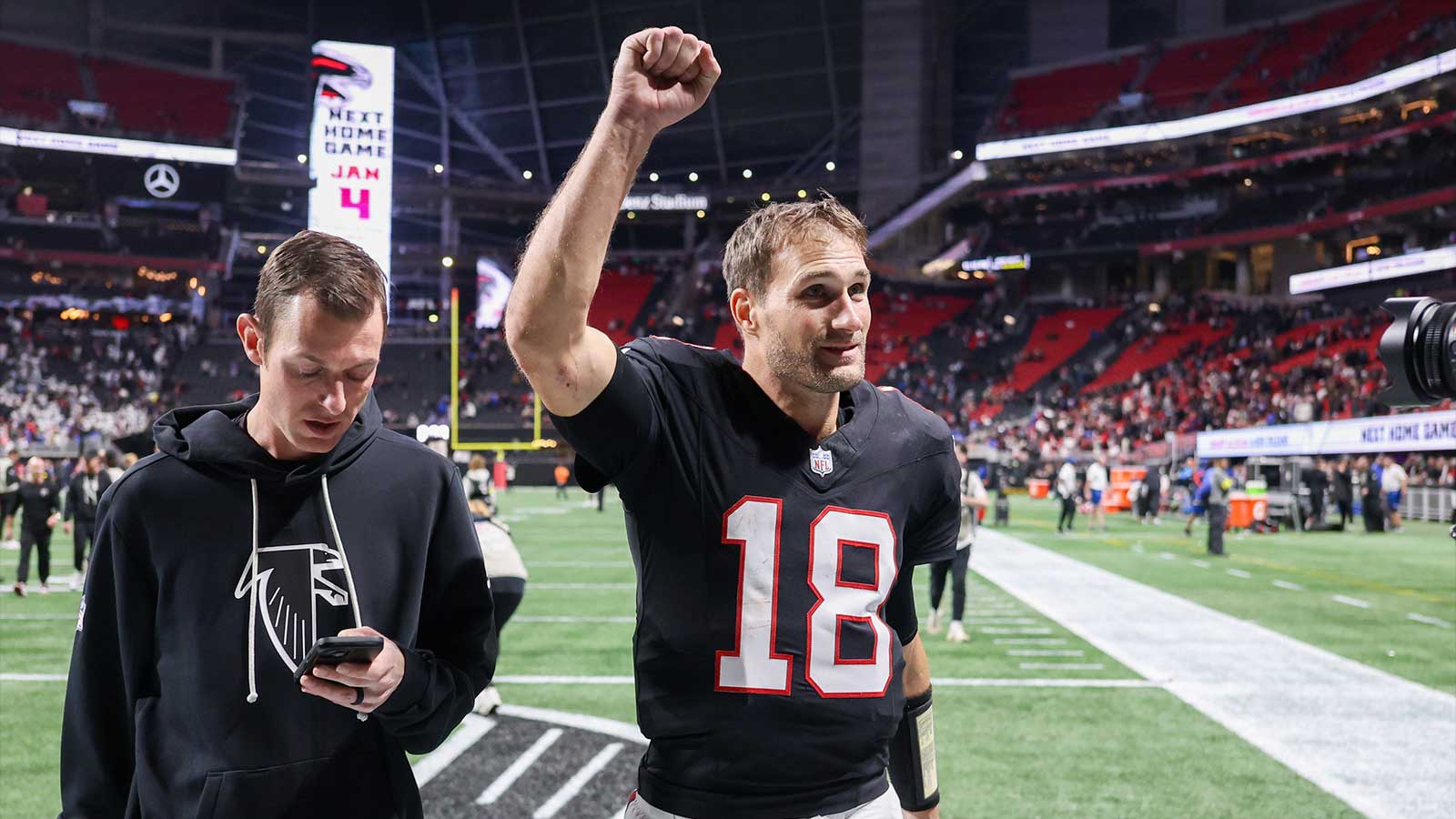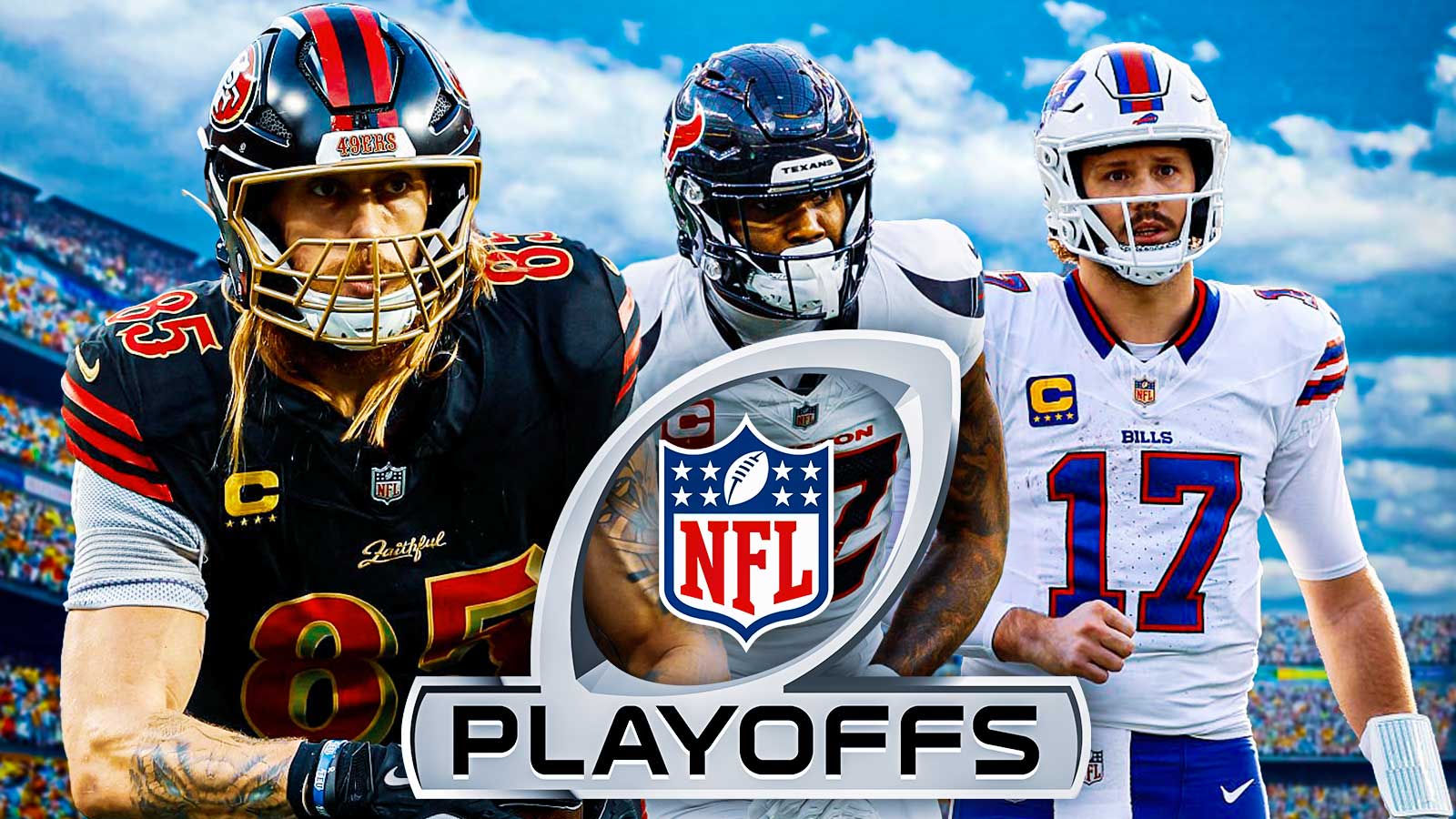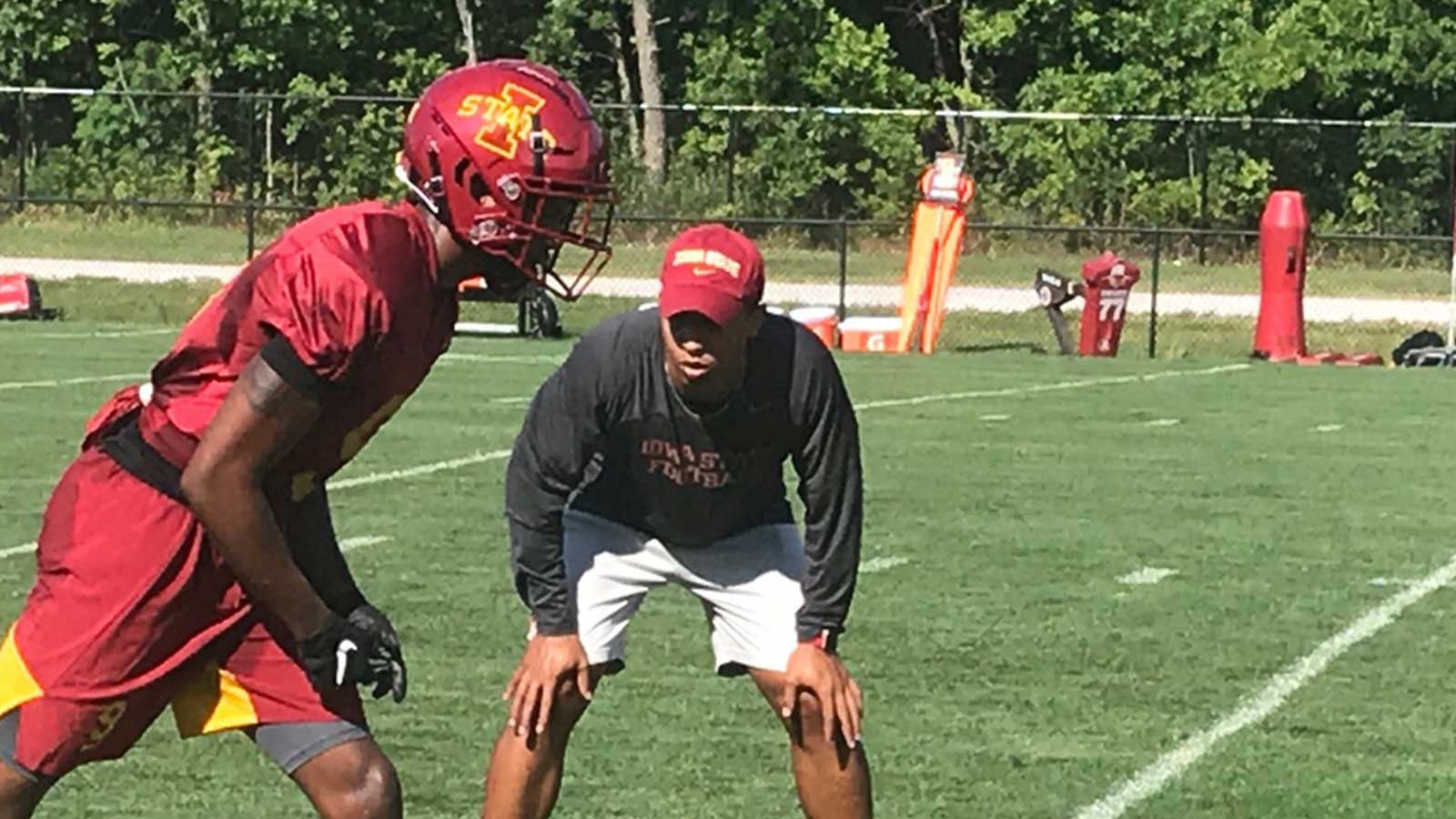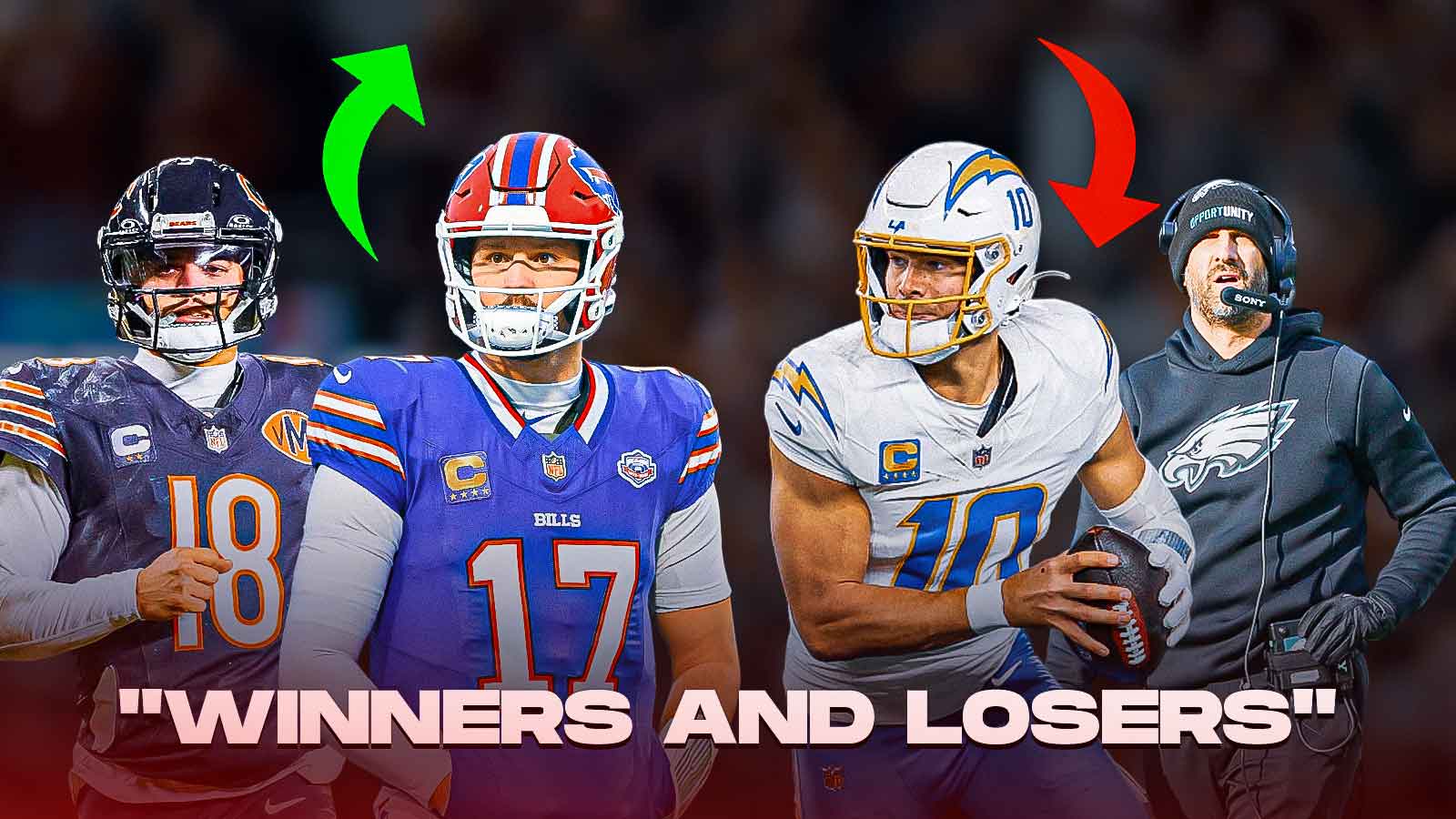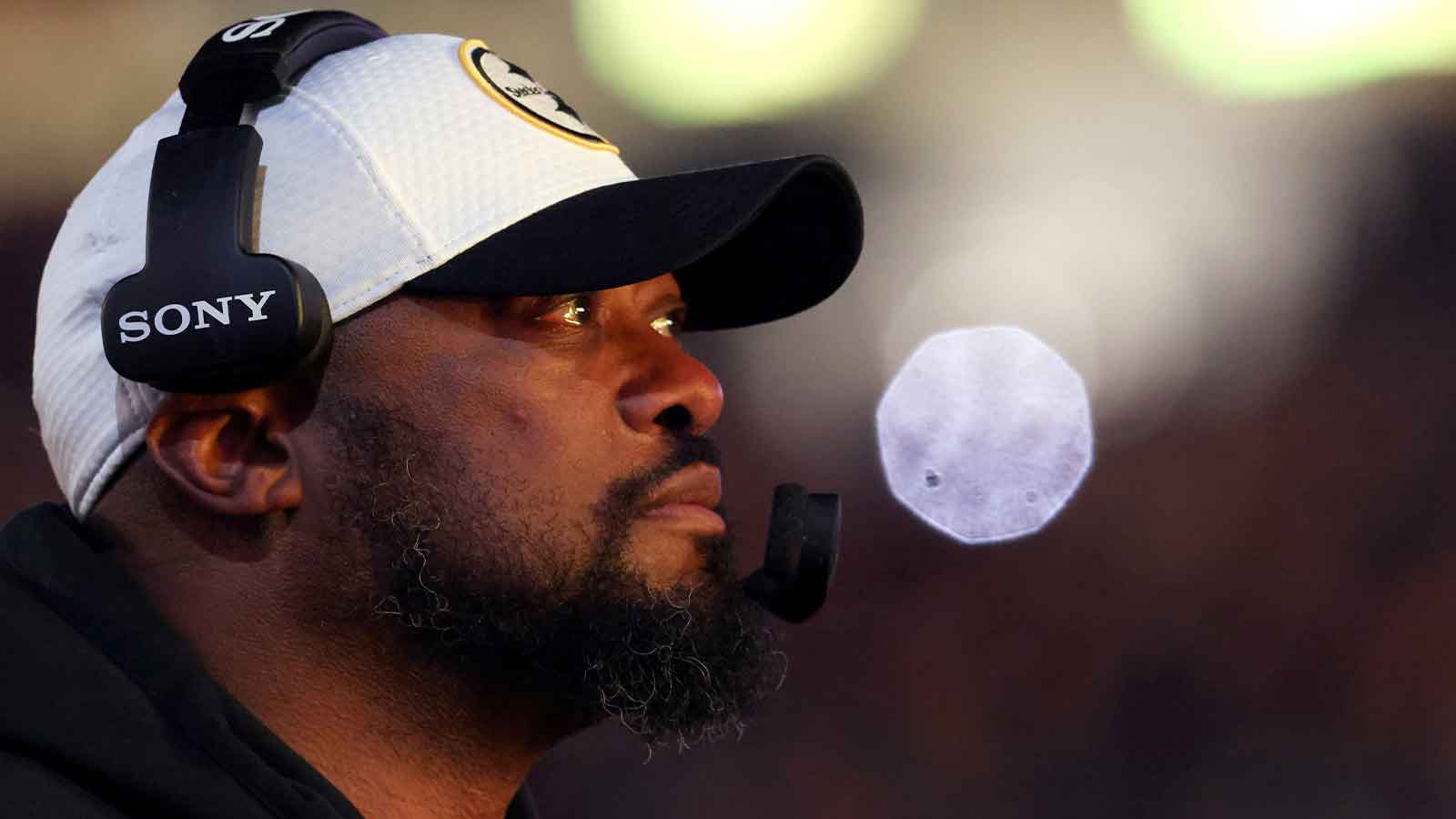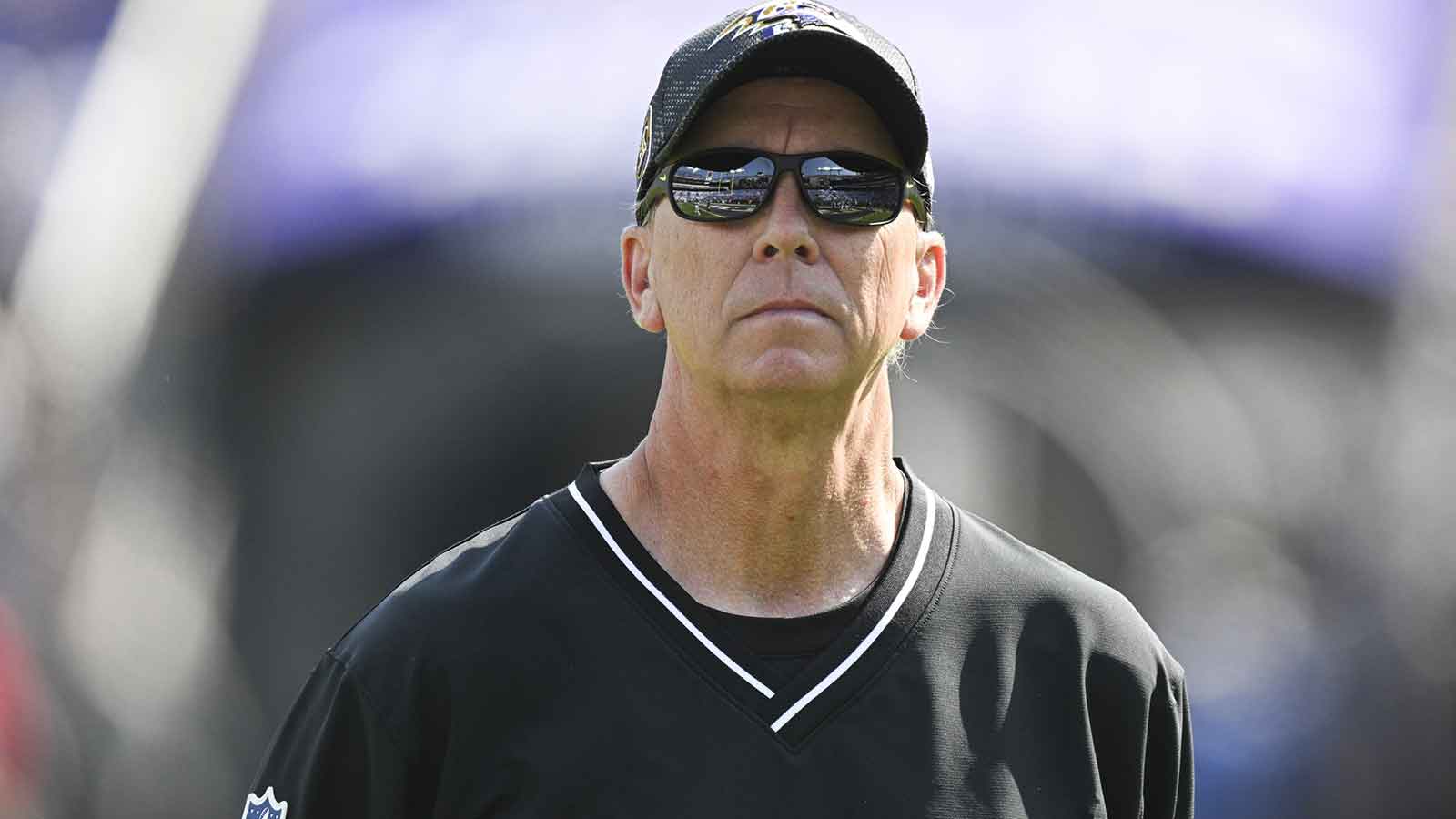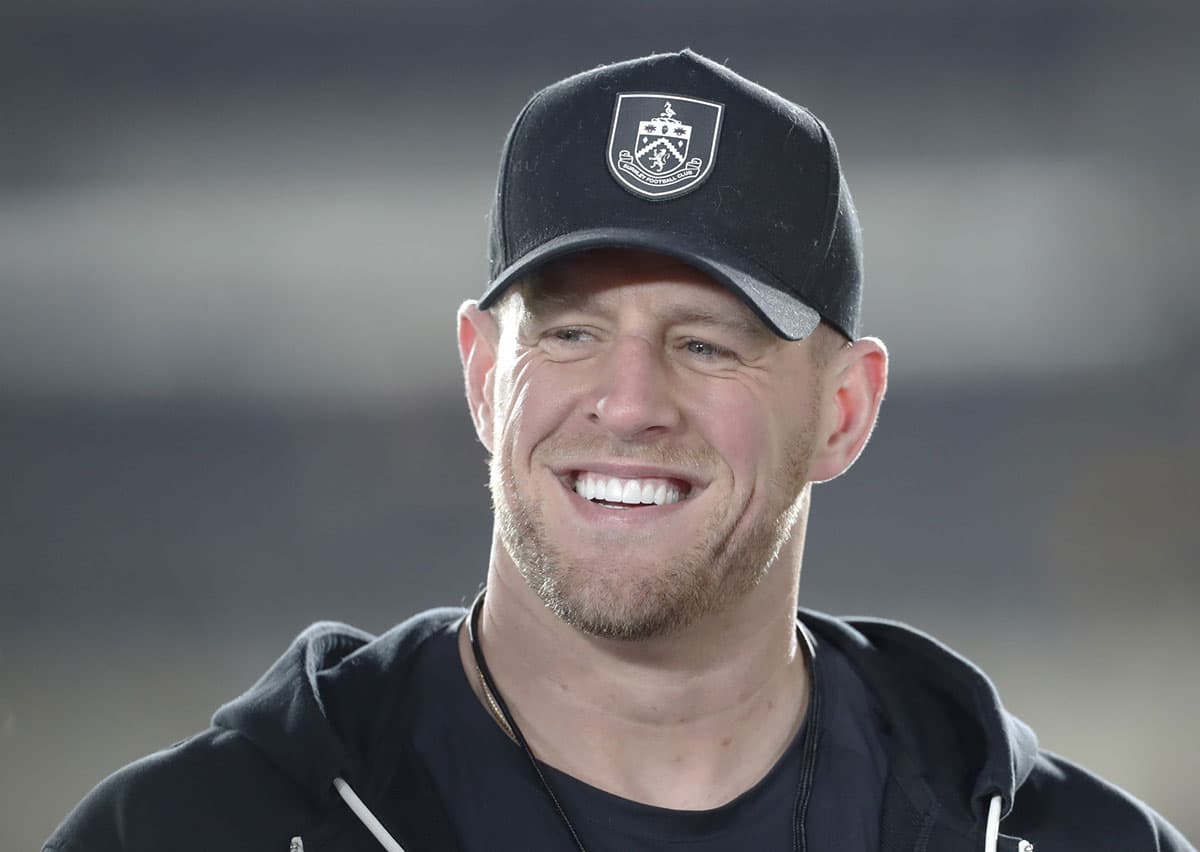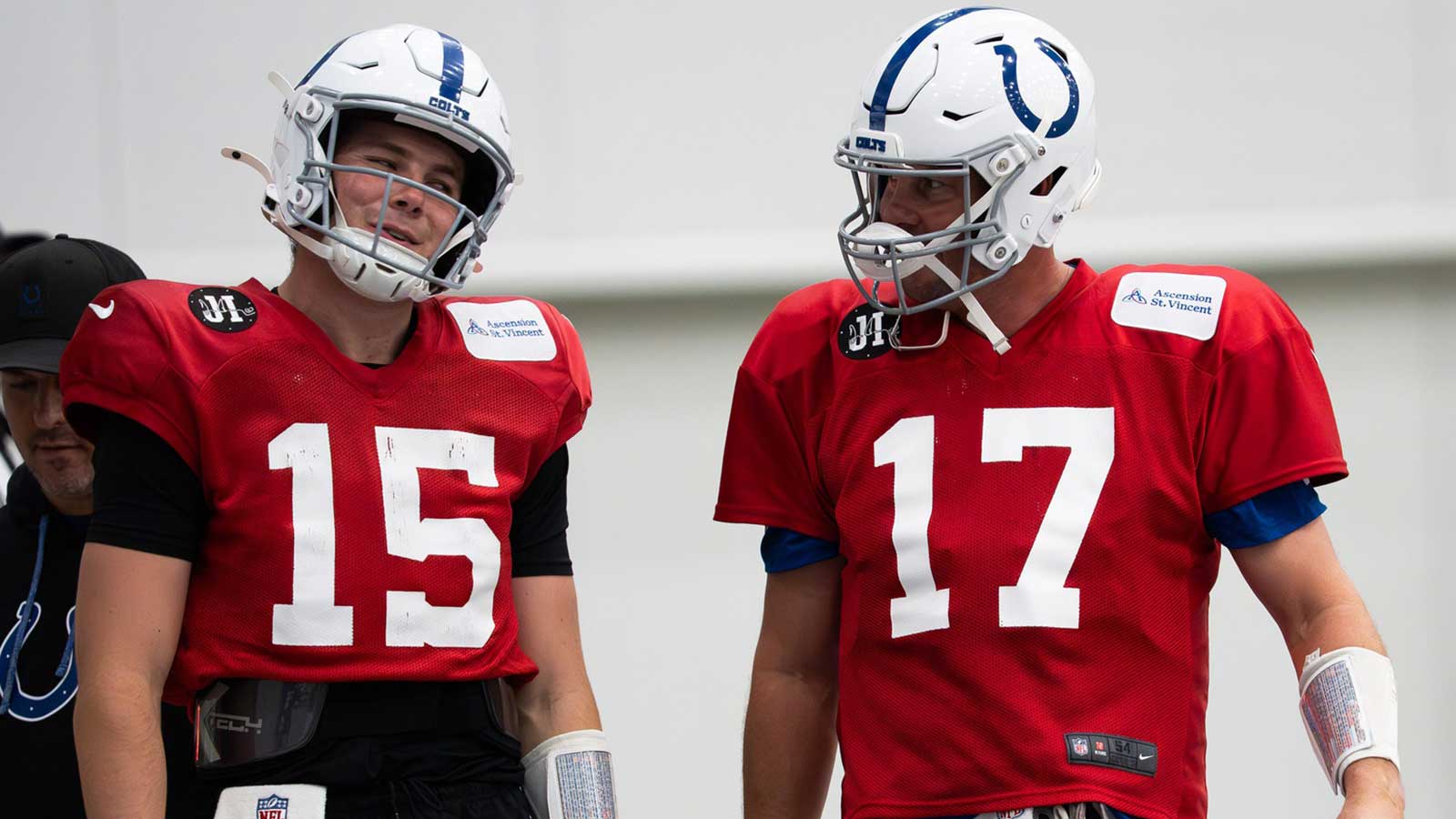Football is an ever-changing game at the NFL level. While the sport is still by far the biggest in the United States, safety concerns have led to a number of rule changes in recent years. Entertainment is still at the forefront for the NFL as well, though. This offseason, heading into the 2024-25 season, the NFL has agreed upon a number of new rule changes with both safety and entertainment in mind.
These new rules are both big and small, but they will take some major getting used to for NFL fans. The new kickoff rules, in particular, are some of the most drastic rule changes in NFL history and will radically change the way the game is played. If you are unsure exactly what is changing in the NFL, we have you covered. Here is an explainer on all of the new rules for the 2024-25 NFL season.
Kickoffs
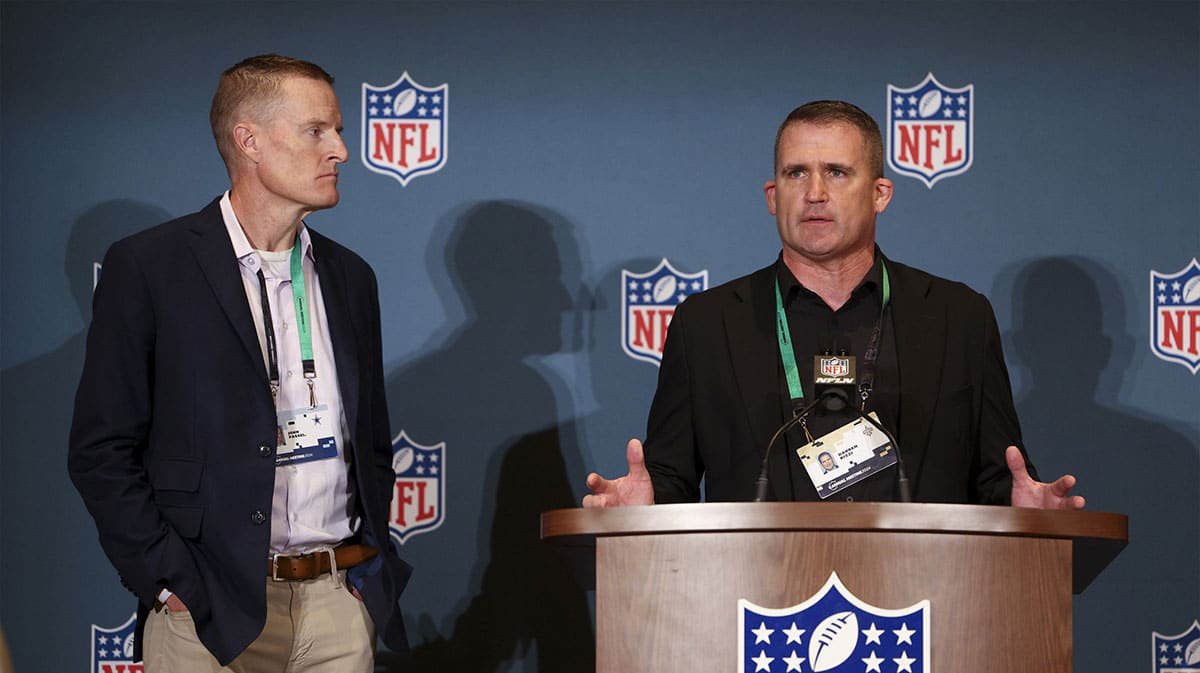
The biggest rule changes heading into the new season are in regards to kickoffs. In fact, the kickoff rule changes will be some of the most noticeable in league history, as kickoffs as you know them are being completely scrapped for a format used in the XFL. This new style of kickoffs is called “dynamic kickoffs,” and it is meant to both improve player safety (which has long been a concern on special teams), and increase the frequency in which returners actually return the kickoff. Kickoffs reached an all-time low in return rate last season.
Kickers will still kick from the 35-yard line, but the other 10 players on the kicking team won't line up on that yard line. Instead, players on the kickoff team will line up on the receiving team's 40-yard line. That is right, 21 of the 22 special teamers on the football field will line up on the same side of midfield, turning kickoffs into a play more similar to scrimmage plays when it comes to injury risk.
For the receiving team, a minimum of nine blockers must line up between the 35 to 30-yard line. This is a big change as well, as beforehand, blockers would be spread out across the field. Now, almost all of the return team will be lined up only five yards away from the kicking team's players.
There can be up to two designated return men that line up deep to field the kickoff. The distance from the 20-yard line to the goal line is considered the landing zone. Kickers are encouraged to kick the ball in the landing zone, as kicks short of this zone result in the receiving team starting with the ball at the 40-yard line. Kicks that go deep and land (not bounce) in the end zone can result in a touchback. Touchbacks, which were placed at the 20-yard line as recently as 2018, have been placed at the 25-yard line since the 2018 season. Now, touchbacks in the context of a kickoff landing past the landing zone are placed at the 30-yard line.
The changes don't stop there, either. Fair catches are prohibited, and while a returner can allow a ball that landed in the landing zone to bounce into the end zone, those touchbacks will only place the ball at the 20-yard line. Returners are just as incentivized to return the kickoff as kickers are to give the returners a chance to return it.
Play begins when the ball is either caught or hits the ground in the landing zone. Players on the kickoff team cannot move until then, so there will be no more running starts that create huge collisions. All in all, dynamic kicking is supposed to increase the frequency of returns while simultaneously reducing injuries. This is only a one-year trial run for the NFL, so the rules potentially can change again after the season.
Onside kicks
Traditional kickoffs aren't the only thing changing on special teams. The NFL is also implementing rule changes for onside kicks. Surprise onside kicks are a thing of the past. Obviously, with the kickoff formations changing, changes had to be made for onside kicks, so kicking teams now must declare when they plan on performing one.
This will allow teams to line up in a traditional manner. However, onside kicks can only be declared in the fourth quarter. Additionally, onside kicks are limited to teams who are trailing. The onside kick is now limited to being a desperation attempt to get the ball back, rather than a surprising way to catch your opponent off guard and add to a lead.
Hip-drop tackles
In addition to kickoff changes, another huge rule change is in regards to the dangerous tackling method called “hip-drop tackles.” The hip-drop tackle is not a fundamental tackle that football players are taught at a young age. Instead, it is tackle that lets gravity do the work.
Tacklers using the method wrap onto ball carriers and then drop their hips, therefore unweighting themselves. As a result, ball carriers often get tangled up under the tackler, which has frequently led to lower body injuries. Now, the NFL is banning the hip-drop tackle. Hip-drop tackles will result in a 15-yard penalty.
Challenges
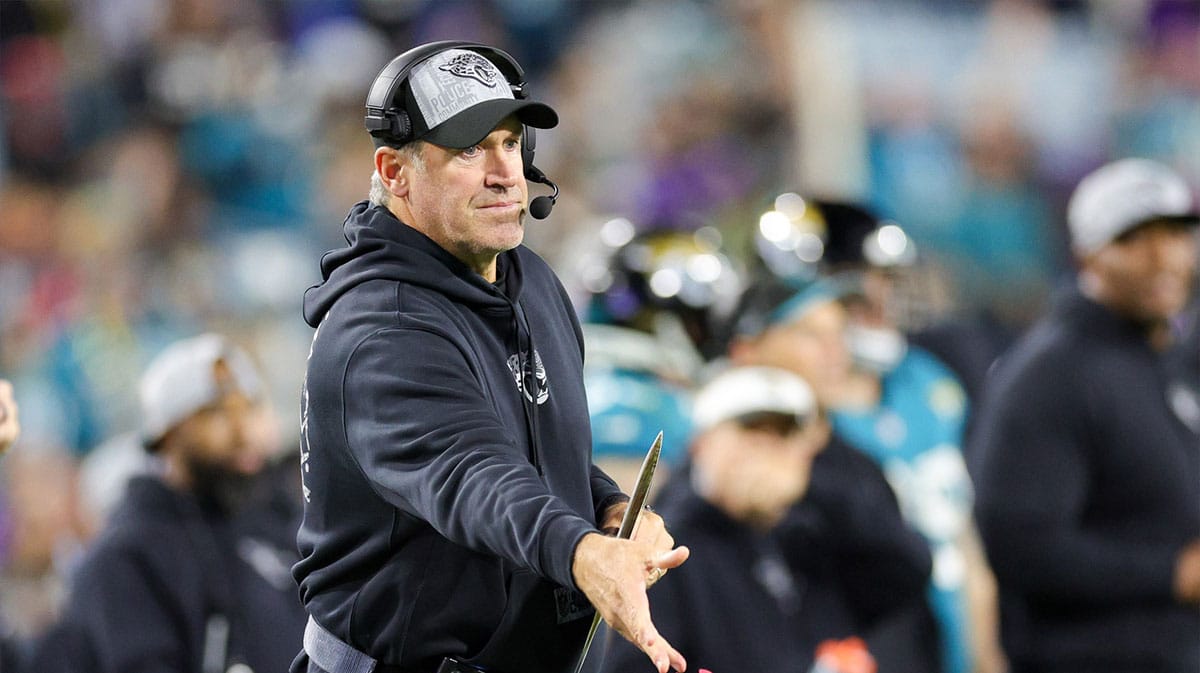
Previously, head coaches would only earn a third challenge if both of their previous two challenges were successful. Now, you only need one successful challenge earlier in the game to be awarded a third challenge. With a ton of rule changes being implemented in recent years, this new challenges rule will give teams extra insurance that calls are being ruled correctly.
Reviewable plays
In addition to coaches having the potential to challenge more plays, there are also more plays that will actually be reviewable. Officials can now assess if a player was down or out of bounds prior to a pass being thrown. Furthermore, it can be reviewed whether the football was snapped after the play clock expired.
Change of possession fouls
Previously, during possession changes, fouls by the offense were ignored in favor of sorting out defensive penalties. Now, offensive fouls will be enforced in the context of a possession change where both teams committed a foul.
Cheat motion
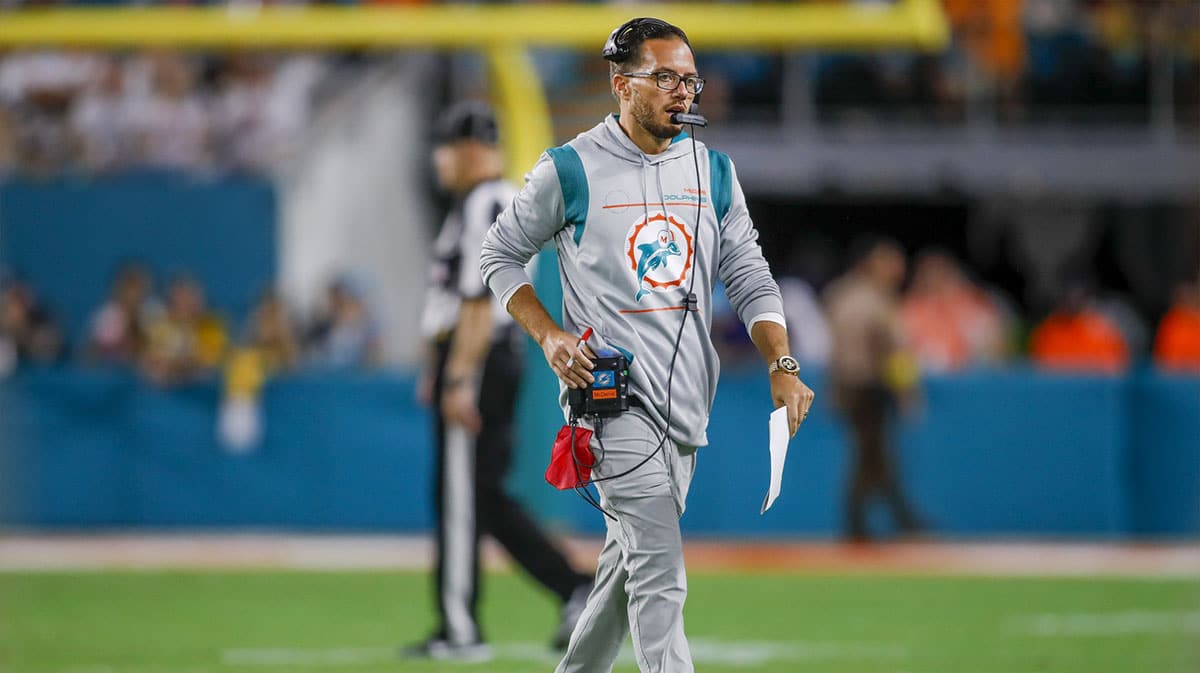
One thing that wasn't changed in the rule book was a type of motion popularized last year called cheat motion. The Athletic pointed out that according to the rules, any eligible backfield player who changes his stance does not have to come to a complete stop prior to the snap, as long as his actions are not abrupt (false start) or forward (illegal motion).
Cheat motion falls under the second part of the ruling, but it often went uncalled last year. Players are allowed to continue their movement pre-snap, but they can't go upfield before the ball is snapped. Although that was the rule last year, NFL officials will put further emphasis on calling it this season, considering a number of NFL teams, including the Miami Dolphins, got away with cheat motion last season.









